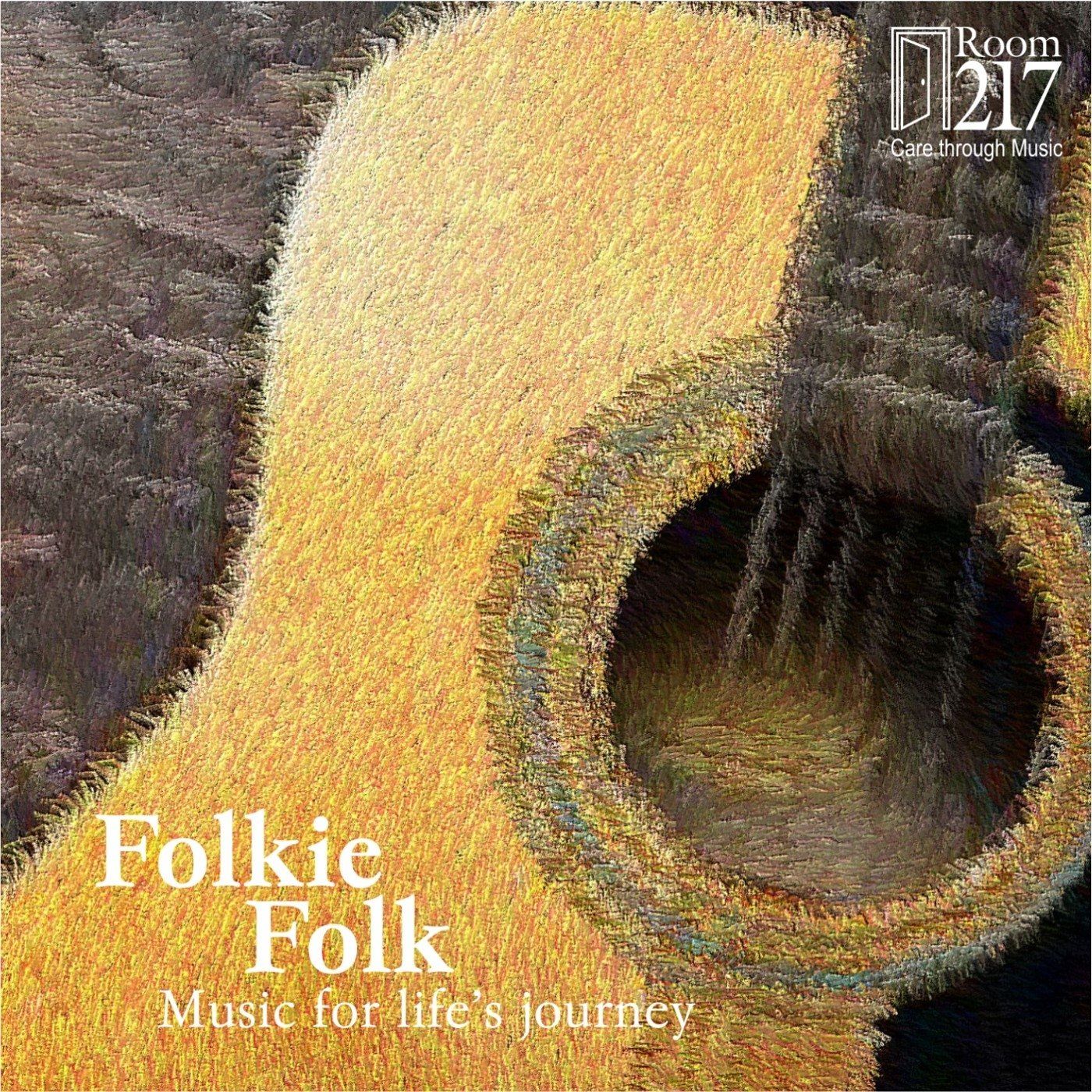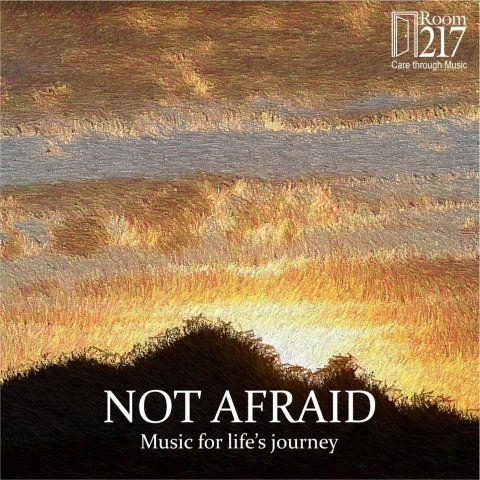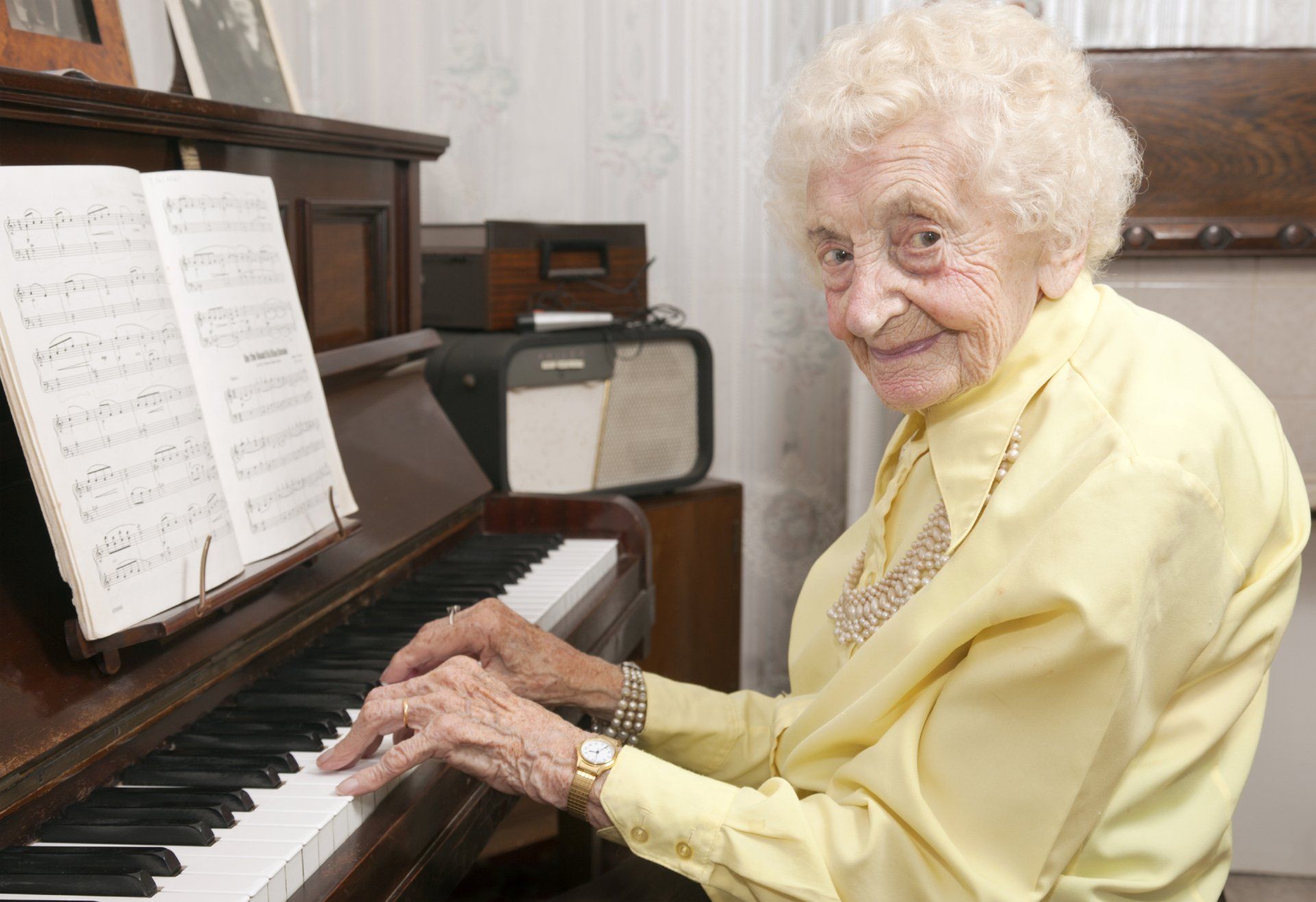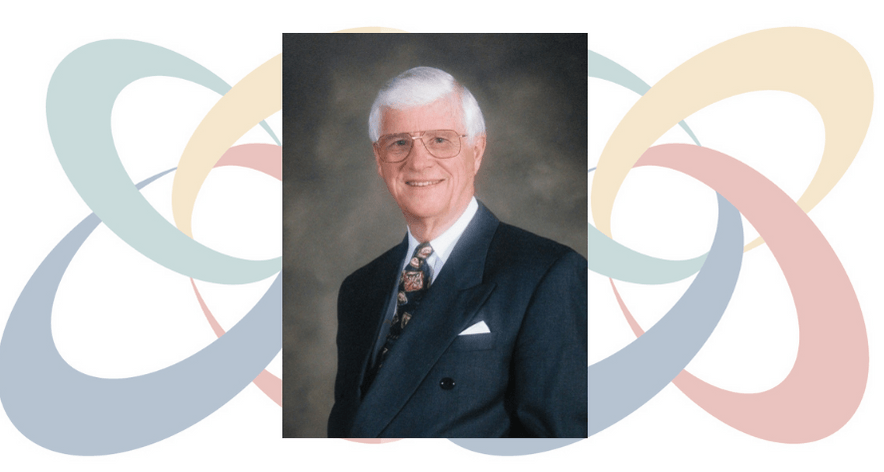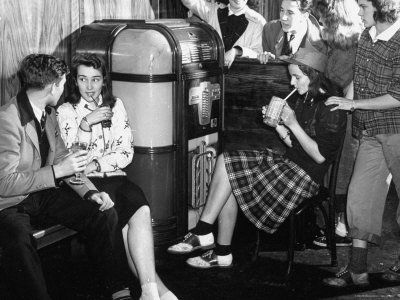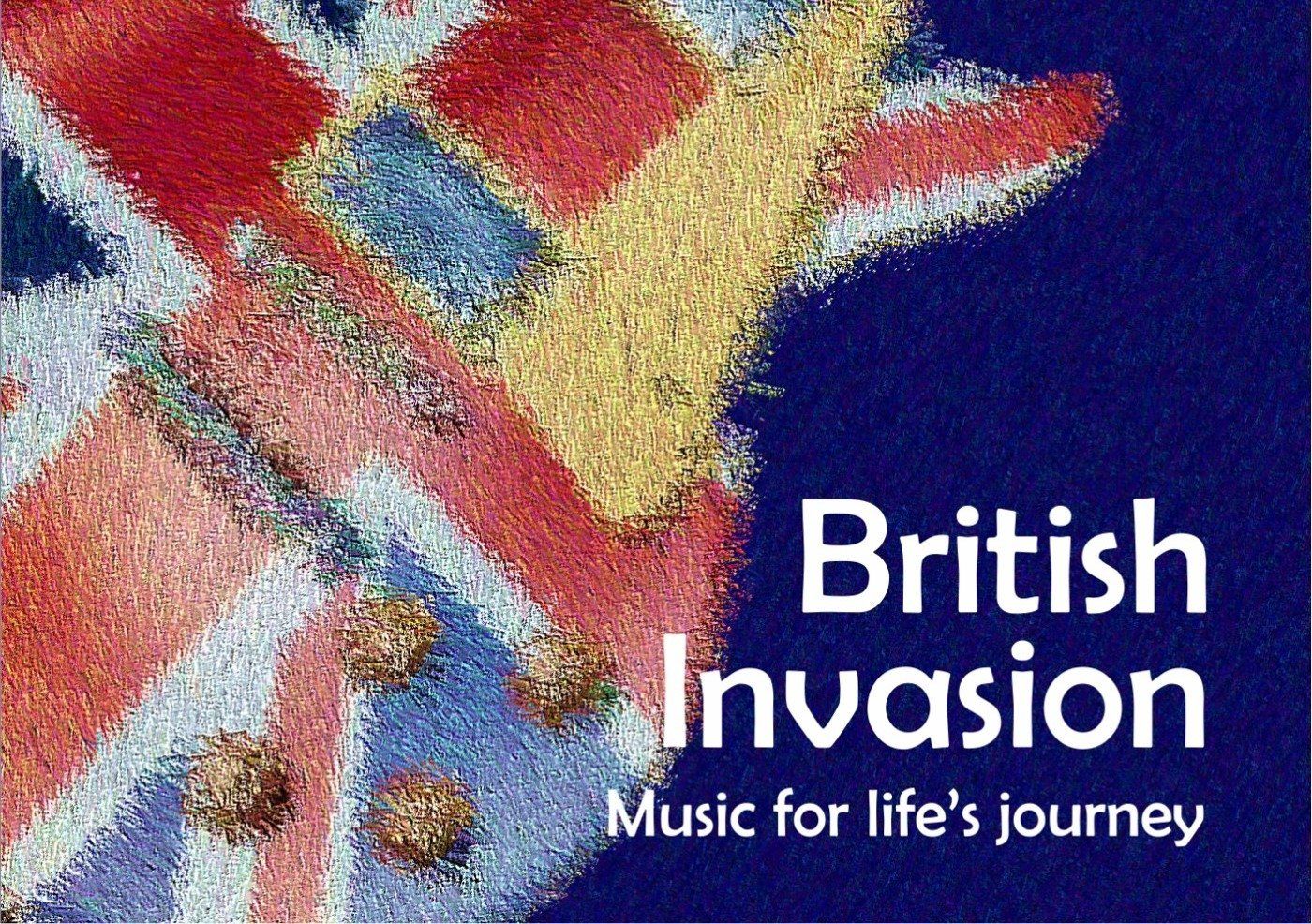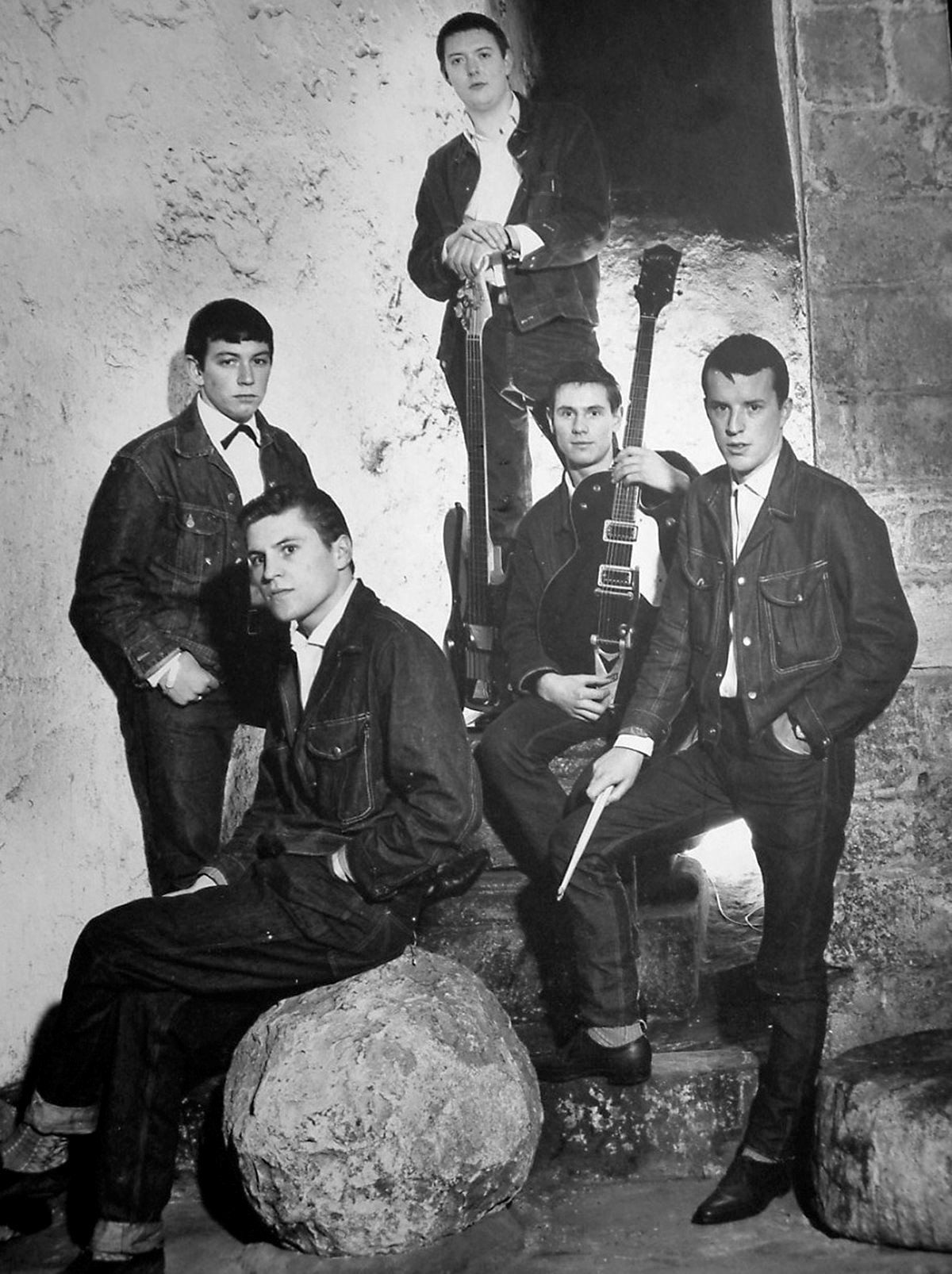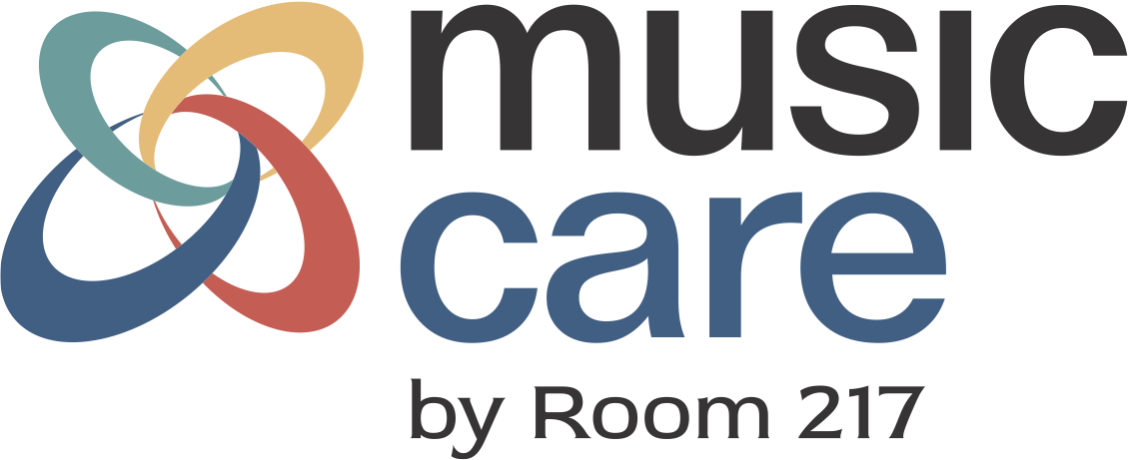Music and Dementia #3 – Musical Strategies for Dementia Care
In the first two blogs of this series, we explored why music is such a powerful tool in dementia care—how it can connect with the “preserved self” and awaken memories and emotions that remain intact despite cognitive decline. Research consistently shows that music positively influences every dimension of human experience, from our physical responses to our emotional and social well-being. The question remains.
How do we use music everyday in dementia care?
Let’s consider some daily scenarios and match a musical strategy to use in care situations. These are not prescriptive, rather musical approaches that need to be used purposefully, being mindful of an individual’s response. As a carer, pay attention to the effect of the music. If you can see it is supporting an individual, continue. If not, stop and try something else.
Here are nine musical strategies to be used for a particular purpose. The key to music care is that you are being intentional about what you’re doing and mindful of the effects. The goal is to support an individual’s health and wellbeing.
Hum for Sleep
For many people, humming is less intimidating than singing. Humming facilitates self-soothing which becomes by extension soothing for those around us. In this way humming invites presence, attuning us to the moment, concentrating on the experience of sound and vibration, and its effects on the breath and body. Gently humming a favourite song, or two or three pitches, perhaps with stroking a hand or cheekbone area may be calming and relaxing and help someone become drowsy.
Play an Instrument When Someone Wanders
Wandering and getting lost suggest the person living with dementia is bored or they may be looking for someone or something. One way to address this distraction is to change the soundscape by playing an instrument, such as a shaker or a hand drum. The sound may shift their focus towards the sound source drawing them into listening and perhaps engaging them in playing an instrument. You can also extend this connection by playing along to some recorded music, together.
Play Calming Music at Mealtimes
Proactively using music 30 minutes prior to any activity that’s being supported will boost cognition and trigger the brain in advance of the activity. In the context of mealtime, using music will help prepare an individual to recognize their food, swallow, and perhaps, increase intake.
Use Singing Games to Improve Mood
A way to immediately shift the mood of an individual or invite engagement with a group who may be anxious because they don’t know each other well is to play a fun and simple game using a well-known song, like My Bonnie. Sing the song a few times with the individual or group and then add an extra challenge like clapping hands on every word that begins with “B”. This kind of simple singing game can come with loads of laughs and fun.
Use Designed Music for Sundowning
The tempo and energy of music can potentially agitate a person living with dementia. It also has the potential to calm. Room 217 has a library of designed music. For example, the four MUSIC COLLECTIONS are ideal for calming. Paced at 60 beats per minute to sync up with resting heart rate, this music, which is mostly familiar Western music, tends to have a calming, comforting effect. The PATHWAYS Singing Program, 30 minute episodes of familiar songs led by a singing host, is purposefully designed for engagement. Individuals are invited to sing. This engaging program has resulted in less falls, and a deeper sense of belonging. You can find these tools at the MUSIC CARE Store, or on the MUSIC CARE CONNECT streaming app available on Google Play or the Apple Store.
Dance for Exercise
Research tells us that music and dance together are the most brain nourishing activity. Not only can dance be a stimulating and enjoyable way to move the body, it can also help to release tension and release energy. Dancing together is a bonding experience that can bring a sense of community to a group.
Use One Song for Cuing and Recognition
A favourite music care strategy is called ‘One Song.’ Choose one song, or a phrase/chorus of a song for a particular activity and use that song – whether you sing it, whistle it or hum it each time that activity is to occur. Ideally, the one song has particular meaning to the individual living with dementia. For example,
Use a Personal Playlist for Personal Care
This time of the day can be particularly challenging. Using someone’s favorite music can lighten these care tasks. Sing along, “celebrate good time times, come on!” when wanting to transition an individual or group from lunch or a nap to an activity or a program.
Breathe Together for Deeper Connection
Being aware of your own breath can make a significant impact on our caring relationships. Humans entrain, or sync up, with each other’s breathing. This mutuality has implications for how individuals experience their care. So be aware and present to your own breath. Is it deep or shallow? What is the pace? Where does it land in your body? Are you breathing from your nose or mouth or both? Then become aware of the other person’s breathing. Pay attention to how they are breathing. Then consciously change your breath to match their breath.
You may use these strategies interchangeably. The more confident you can become with each strategy, the more they become part of your daily practice and valuable assets in your caregiving toolkit.


